Expectations have never been higher — not just from investors but from talented people, too. Here’s how to create your way into business.
Ten years ago, I raised money with a PowerPoint presentation. Today, the expectations of investors are much higher. Investors want to see working products with paying customers before writing you a cheque.
But what should you do if you’re a non-technical founder with no way of building your idea yourself? Recruit a team? Hire a freelancer? Beg friends and family for their savings?
I was in your situation five years ago. Here’s the path I took:
Sleepless in San Francisco
Five years after my first venture, I moved to San Francisco to pursue a new startup idea. I prepared my PowerPoint and went optimistically to investors. This time, the track record and pitch deck weren’t enough — they wanted to see a team with a prototype.
When I started looking for a technical co-founder, I quickly learned that competition was fierce. With new business resources available online, many technical founders wanted to work on their own startup ideas. So after months of fruitless networking and pitching, I took fate into my own hands.
If my vision was going to become a reality, I needed to learn how to create it myself.
Empowering yourself as a non-technical founder
Over the last five years, it’s been my mission to acquire any creative skill that can help me build my businesses. This has included coding, design, and email marketing.
Many new entrepreneurs ask me whether they should learn to code. While I recommend that everyone understand the basics of coding, there are other creative skills that you can acquire that give you faster returns:
1. Build and test wireframes
Wireframes are a simplified version of your product design consisting of boxes, lines and simple text. I use Sketch to create wireframes. It’s easier to use than Photoshop so if you can already use PowerPoint or Keynote, you’ll be fine.
I transfer the finished designs to Invision in order to create a clickable prototype. Seeing how real people react to these basic designs helps me better understand their needs.
2. Design high-fidelity prototypes
Once you get the hang of wireframing, it’s not a huge leap to add colors, fonts, and images to make the design more functional. I take inspiration from the design of other products and use resources like The Noun Project, Colour Lovers and Unsplash to help me achieve a professional look. Then, I use Invision to get feedback on the visual designs and iterate.
3. Write better copy
Can’t everyone write? Sadly, not. Good writing takes a lot of practice and there are lots of tricks of the trade — like using concrete nouns, powerful verbs, and vivid metaphors.
“On Writing Well” by William Zinsser was the first book on writing that I read. I’ve since gobbled up many more, including those from the father of advertising, David Ogilvy.
4. Create a landing page
With a basic foundation of design, I was able to build my personal website in Wix in just a day or two. These days, you’re spoiled for choice for website builders with Squarespace, Leadpages, Instapage — just choose one and learn it thoroughly. Building landing pages helps me validate new ideas and by seeing if people actually sign up.
5. Learn email marketing
Email is easily the most undervalued skill in tech today. Think about it. Most businesses couldn’t survive if they couldn’t use email properly. We all write hundreds of emails a week but email marketing is an art. The ability to cultivate a readership for your new business idea is extremely valuable. I use MailChimp — it’s cheap and covers the basics.
Simplification is key
When you start learning Spanish, you can’t use fancy words like “delectable” to describe your fish taco. So you make do with “good.” Similarly, you’ll need to simplify your solution to something that you can actually build.
To find a simpler solution, first, write out the need that your solution addresses. Next, brainstorm 15 different solutions that would also solve that need. Don’t worry about scalability… just keep going until you figure out a solution that you can build quickly. In other words, marry the problem — not the solution.
Creativity is your competitive edge
If you want to win as a founder in 2017, you need to be able to create something. When money gets tight, founders that can’t create are more likely to get desperate and make bad decisions like hiring the wrong person or committing to a product that isn’t working.
I believe that learning creative skills will also make you a better leader.There is nothing more humbling than seeing your design confuse users, getting critique on your copy, or seeing your emails open rates. Understanding the struggle of creation from the inside will help you as you scale your business.
